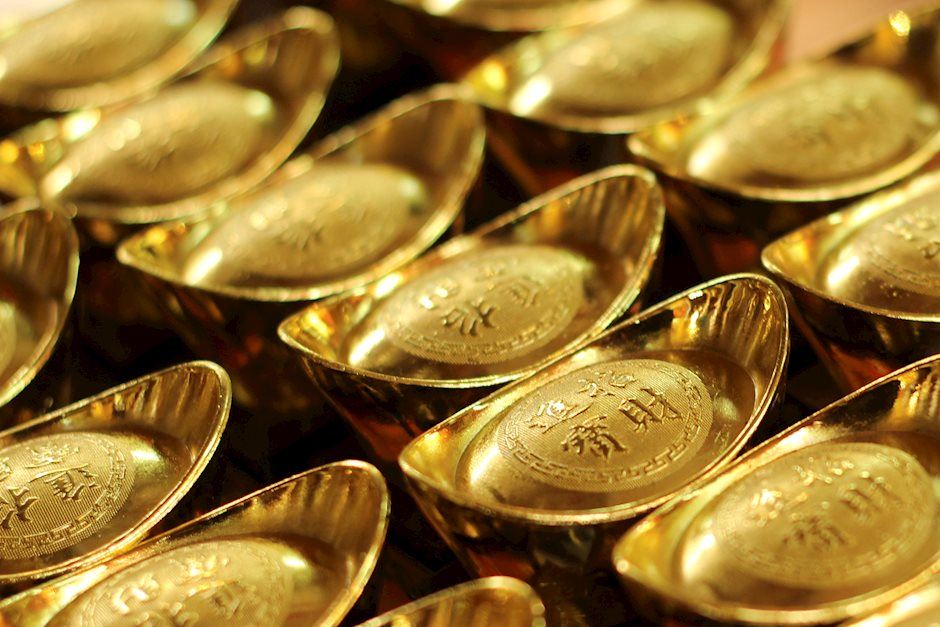What is the Gold-Silver ratio? Why should we pay attention to it?

You'll often hear precious metals investors talk about the gold-silver ratio. So, what is it, and why does it matter?
The gold-silver ratio tells you how many ounces of silver it takes to buy one ounce of gold given the current spot price of both metals.
In other words, it tells you the price of gold in ounces of silver.
For instance, as I'm writing this article, the current gold-silver ratio is just over 87-1. That means it would require about 87 ounces of silver to buy one ounce of gold.
Since the gold-silver ratio tells us the price of gold relative to silver and vice versa, we can look at historical trends and draw conclusions about the prices of both metals.
For example, the current gold-silver ratio reveals that silver is significantly underpriced compared to gold in historical terms.
The Gold-Silver ratio from a historical perspective
Geologists in the mining industry estimate there are somewhere between 19 and 20 ounces of silver in the earth for every ounce of gold. This provides a natural starting point for a gold-silver ratio of 20-1.
From a mining perspective, annual silver production averages around 800 million ounces per year, and gold production a little over 100 million ounces. (These are rounded numbers.) That would give a gold-silver ratio of around 8-1.
Governments have set gold-silver ratios to control the value of their coinage for centuries. The earliest recorded imposed gold-silver ratio was by King Menes of Ancient Egypt when he set the ratio at 2.5-1.
Rome set a gold-silver ratio of 8-1 in the early years of the empire in 210 BCE. As gold and silver flowed into Rome through its conquests, the ratio fluctuated, rising as high as 12-1. Julius Caesar established a gold-silver ratio of 11.5-1 and Augustus bumped it up to 11.75-1.
Around the ancient world, the gold-silver ratio ranged between 6-1 and 12-1 with Asian and Middle Eastern empires valuing silver slightly more, thus setting slightly narrower ratios.
The U.S. Congress fixed a gold-silver ratio of 15-1 in its 1792 coinage act. This compared to a 15.5-1 ratio set by France in 1803.
A bi-metallic monetary system proved to be unwieldy and European countries began to demonetize silver in the mid-19th century. The U.S. followed the lead of England, Portugal, Germany, and other nations and established a gold standard in the Coinage Act of 1873.
The demonetization left the gold-silver ratio to float freely. By World War II, the gold-silver ratio had spread to as much as 40-1.
In the modern era, the gold-silver ratio has averaged between 40-1 and 60-1.
Since the U.S. completely abandoned the gold standard in 1972, there appears to be some correlation between the gold-silver ratio and central bank money creation. The spread tends to drop when the Fed turns up the printing press and spreads when the central bank attempts to tighten monetary policy. We saw this happen with the gold-silver ratio contracting during the pandemic and widening over the last two years as the Fed has tried to battle price inflation.
We have also seen that when the gold-silver ratio gets far above the high end of that historical average, it tends to return to the mean with a vengeance.
For instance, in 2020, the gold-silver ratio set a record of 123-1 as Covid hysteria gripped the world and then plunged to around 60-1 as central banks around the world cranked up the money creation machine to cope with governments shutting down economies.
In another example of this snap-back, the gold-silver ratio fell to 30-1 in 2011 after rising to over 80-1 during the money creation of the Great Recession in the wake of the 2008 financial crisis.
From a historical perspective, when you see gold-silver ratios well above that historical average, it tells you that silver is underpriced compared to gold and there is a strong possibility that silver will go on a bull run to close that gap. Historically, this has often happened in the midst of a gold bull rally, with silver outperforming gold. (Of course, past performance does not guarantee future results.)
Many other factors go into the price of gold and silver, including central bank monetary policy, government fiscal policy, supply and demand dynamics, geo-political happenings, and technical factors. However, the gold-silver ratio is a revealing bit of data that can help savvy investors project the price movement of silver.
To receive free commentary and analysis on the gold and silver markets, click here to be added to the Money Metals news service.
Author

Mike Maharrey
Money Metals Exchange
Mike Maharrey is a journalist and market analyst for MoneyMetals.com with over a decade of experience in precious metals. He holds a BS in accounting from the University of Kentucky and a BA in journalism from the University of South Florida.

















